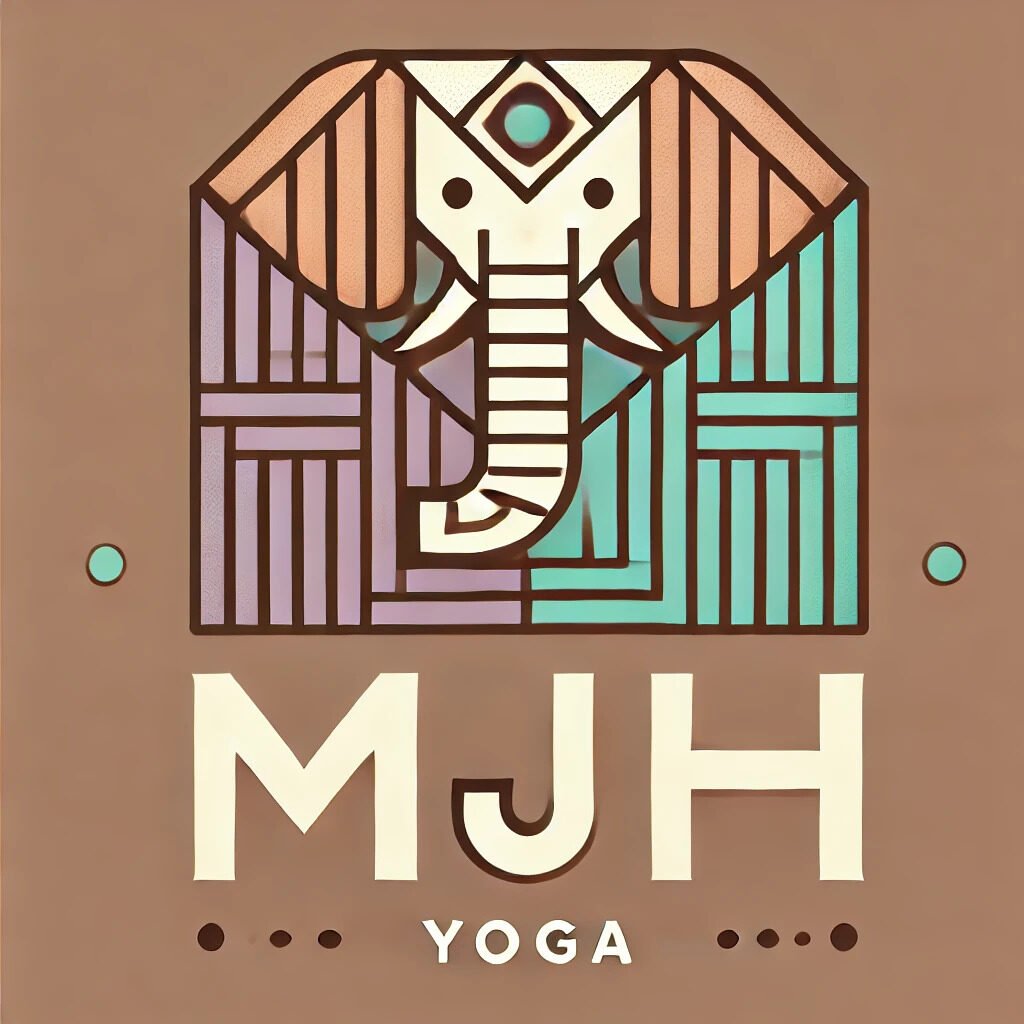Video: What Is a Yoga Executive?
Mastering the Yoga Executive Mindset: Leadership and Purpose in Practice
Discover how to approach your yoga practice and life with intentional leadership, clarity, and purpose. Learn about the key principles such as visionary thinking, yogic agency, systems thinking, adaptability, discernment, and balance. This episode guides you on crafting your vision, setting intentional goals, practicing with purpose, adapting to changes, and celebrating your progress. Become a self-directed leader using yoga to build a purposeful and meaningful life.
00:00 Introduction to the Yoga Executive Mindset
00:32 Visionary Thinking in Yoga
00:56 Yogic Agency: The Power of Choice
01:20 Systems Thinking in Yoga Practice
01:39 Adaptability and Strategic Flexibility
01:57 Discernment and Balance in Practice
02:15 Qualities of a Yoga Executive
03:19 Becoming a Yoga Executive: Steps and Practices
04:09 Final Thoughts on the Yoga Executive










